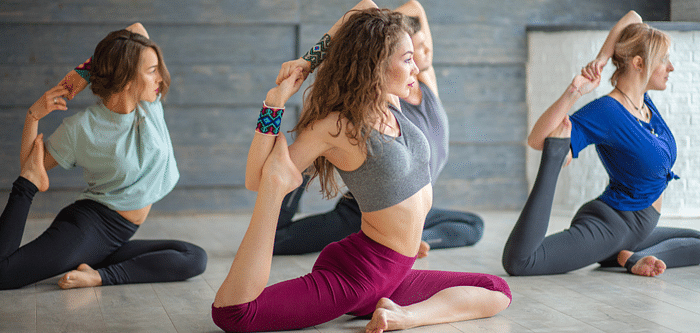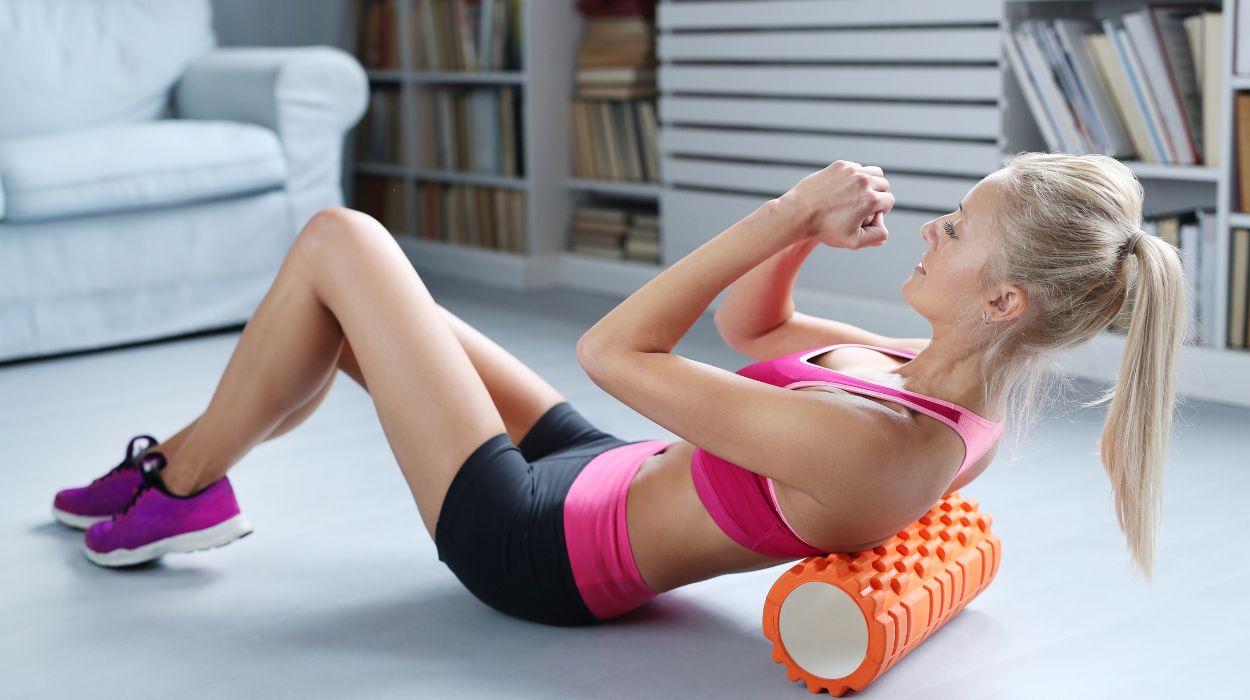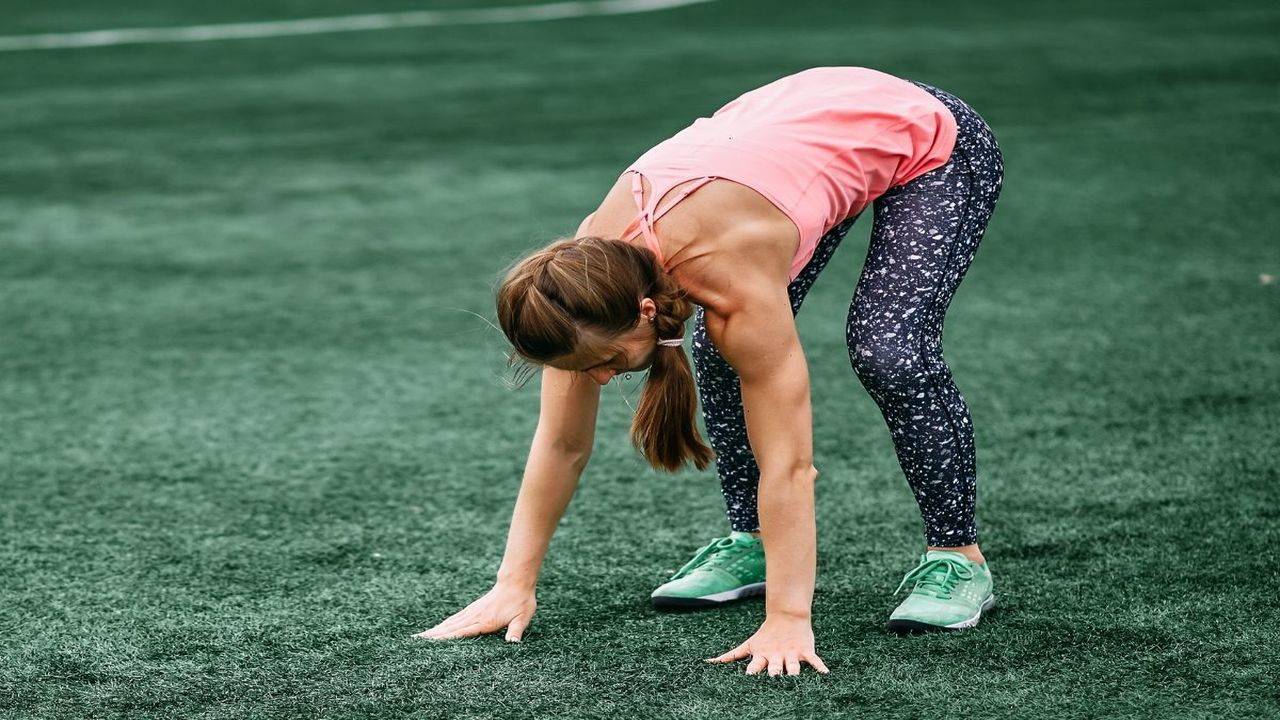So, you’ve been holding a solid plank for a minute or two, feeling proud, maybe even a bit bored. Your abs burn, your shoulders shake a bit, but you think, “Is this it?” Well, first, hats off to you — holding a good plank is no small thing. But if you’re reading this, you’re probably ready to kick it up a notch. And you absolutely should.
The basic plank is a classic for a reason. It builds your core, strengthens your shoulders, and improves posture. But even the best moves can get stale if you stick with the same version forever. Once you can hold a standard plank for over a minute with good form, your body starts to adapt. You’re not pushing your muscles as hard anymore. That’s your cue to upgrade.
So, ready for a real challenge? Meet the Plank with Arm Reach — a sneaky tough variation that will test your stability, wake up your core like never before, and leave your abs wondering what just happened.
Let’s break down exactly why this variation works, how to do it, what mistakes to dodge, and how to add it to your routine. Plus, a few extra tips to keep you planking like a pro.
Why Even Bother With A Plank Variation?
Your body is smart. It loves to find the easiest way out. Once you master a plank, your muscles switch to autopilot. They can hold the position with less effort, which is great for posture but not so great for building new strength.
Plank variations shake things up. They challenge different parts of your core, force your stabilizing muscles to work overtime, and keep your workouts interesting.
The Plank with Arm Reach is one of the best because it turns your stable base into a moving target. Every time you lift an arm, your body has to fight to stay level. This targets your deep core muscles, the ones that really matter for stability and functional strength.
How To Do The Plank With Arm Reach
First things first — nail your starting plank.
- Get Into Position
Start in a high plank. That means your hands are on the floor under your shoulders, arms straight. Your body should form a straight line from head to heels. Feet hip-width apart or a little wider for extra stability. - Engage Everything
Brace your abs like you’re about to take a punch. Squeeze your glutes. Keep your neck neutral — no looking up or dropping your head. - Reach Forward
Slowly lift one arm straight out in front of you. Keep your hips as still as possible. No swaying side to side. - Hold, Then Switch
Hold the reach for two or three seconds, bring your arm back, then switch sides. Move slow and controlled. - Repeat
Aim for 8–12 reaches per arm, or do it for 30–60 seconds if you prefer to time it.
Why This Works
When you lift an arm, you take away a point of contact. Suddenly, your core, hips, and shoulders have to work extra hard to keep your body from twisting or tilting. This lights up your deep core muscles, like your transverse abdominis and obliques — the ones that really pull your waist in tight.
Plus, your shoulders and upper back get extra love too. Holding the reach challenges your balance, tests your patience, and makes you more aware of what your body is doing.
Common Mistakes To Avoid
Even strong plank pros mess up here if they rush it. Here’s what to watch out for:
1. Hip Sway
Your hips shouldn’t swing side to side like a windshield wiper. If they do, you’re moving too fast or your feet are too close together. Widen your stance and focus on control.
2. Looking Up
Keep your neck in line with your spine. Staring at the wall ahead can crank your neck. Look at the floor a few inches in front of your hands.
3. Sagging Back
Don’t let your lower back dip. If you feel pressure in your lower back, squeeze your glutes tighter and tilt your pelvis slightly under.
4. Rushing It
This isn’t a race. The slower you go, the more your core works. Pause for a beat at the top of each reach.
How To Make It Easier
If your body’s wobbling like crazy, that’s normal at first. But you can dial it down a notch:
- Try the reach from a kneeling plank position. Keep your knees on the floor for more stability.
- Place your feet wider apart.
- Instead of reaching straight ahead, try a small tap forward with your hand first.
How To Make It Harder
Once you’ve got the basics down and want to feel the burn even more:
- Bring your feet closer together.
- Hold the reach longer — aim for five seconds per rep.
- Add a leg lift at the same time as the arm reach. This is tough. Respect it.
- Place your feet on an unstable surface, like a BOSU ball or balance pad.
How To Add It Into Your Routine
You don’t need to ditch your regular planks altogether. Use this variation as a finisher or add it once or twice a week to test your core strength.
Try it like this:
- Start your core session with regular planks to warm up.
- Do side planks or other core moves.
- End with two or three sets of Plank with Arm Reach for max challenge.
Or just sneak it in whenever your workout needs a boost.
Why You’ll Love It
Aside from the fact that it works your core like crazy, the Plank with Arm Reach does something else — it trains you to control your body. Better control means better balance, better posture, and fewer injuries. It carries over to other lifts too, like push-ups and deadlifts. You’ll find yourself feeling stronger in ways that show up beyond the gym.
One Last Tip
Form first, always. There’s no point flailing through a fancy variation if your core isn’t tight or your hips are rolling around. Start slow, get it right, then level up.
So next time you think, “I’ve got planks mastered”, ask yourself if you can hold a rock-solid Plank with Arm Reach for a full minute without wiggling. If not — time to practice.
Ready To Test Yourself?
Roll out your mat, hit that high plank, and reach forward with purpose. You’ll feel your abs fire up in seconds. It’s a simple switch that keeps your core routine fresh, challenging, and way more interesting than staring at the floor for two minutes straight.










